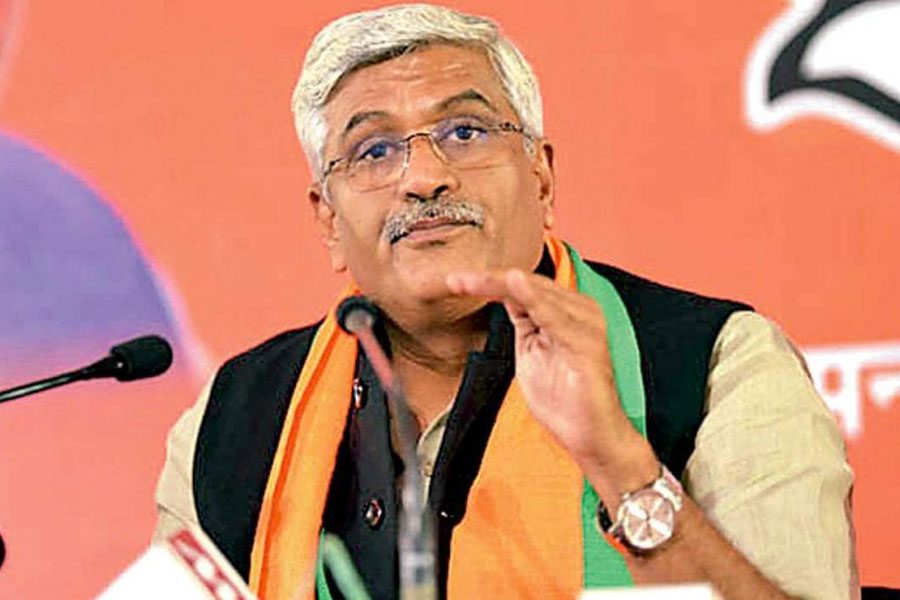 |
The term Janus-faced has acquired a negative connotation. The dictionary will tell you that it means “two-faced, hypocritical, and deceitful”. Janus himself doesn’t come with such strings attached. He is the Roman god of beginnings (hence January). His only fault is that he looks before and after. (He doesn’t pine for what is not.)
January may be the right time to look at what is being projected as one of India’s biggest problems in the coming years – the huge mismatch between the working-age population and the job skills they need. Various movements in Delhi — which succeeded because of youth support — have demonstrated that young India is becoming increasingly vocal. It could be troublesome.
You need Janus, with his ability to look at things from different perspectives, to make sense of the problem. Yesterday, it was simply a matter of overpopulation. India would collapse, it was said, because there were too many Indians to feed and clothe. Forget education; that was a luxury for the elite.
Almost overnight, people discovered that the world was growing old. There were fewer children. China’s one-child policy had worked wonders, though it was a disaster for social values. In a greying world, India was becoming younger. According to the International Monetary Fund, by 2020, the average Indian will be only 29 years of age, compared with 37 in China and the US, 45 in Western Europe, and 48 in Japan. India would provide the working muscle to an atrophied world.
Janus stepped in again wearing another hat. The bogey this time was that Indian workers were untrained. Yes, there would be jobs aplenty, but Indians wouldn’t have the skills to handle them. One problem nobody denies; our educational institutions are mainly to provide employment to teachers. The vocational training institutes are looked down upon. The skill shortage is not a matter of the future; it is with us already.
“Despite having a favourable demographic profile, labour and skill shortage continues to be one of the key concerns for Indian industry,” says a recent study by apex chamber Ficci. “This problem has been compounded by the National Rural Employment Guarantee Act (NREGA). It seems that the NREGA has made a perceptible difference to the ‘choice of work’ of the casual labour in rural and semi-urban areas.” No one is coming to town to work on construction sites because they can earn just as much (through the employment guarantee scheme) in their village.
India was supposed to be the catchment area for such skilled workers and is therefore in the limelight. But a study by the McKinsey Centre for Government titled “Education to Employment: Designing a System that Works” paints a similar picture across the world (see chart). The McKinsey survey reveals that youth know the most about their family opinion on possible education alternatives. But that too scores a poor 49 per cent. There is less knowledge about job openings and wages in the field chosen (46 per cent apiece) and graduation placement rates (40 per cent). Youth in Saudi Arabia seems the most clued in with an overall 63 per cent awareness score (the average of the awareness of the earlier four parameters). Brazil is next with 51 per cent with Mexico and India (50 per cent each) following.
“Maybe the most puzzling response of all comes from youth in the UK,” says the report. “The country is home to many of the world’s best and most famous universities... British respondents were not well informed when making decisions about postsecondary education. As a result, youth are quick to detour from the education-to-employment highway.”
So, is disaster looming? It is the practice of think-tanks to cry wolf. In India, people manage. There is even a growing body of management literature on the subject. They call it jugaad — creative serendipity.
A matter of perspective
Differences in the education provider and employer perception of job readiness of graduates (%)
Country Education Employer
Provider
Germany 83 43
US 87 49
Mexico 77 40
Brazil 67 31
Morocco 53 20
India 83 51
UK 61 36
Turkey 70 50
Saudi Arabia 70 55
Note: Responses to questions: (1) Overall, graduates from my institution are adequately prepared for entry-level positions in their chosen field of study; and (2) Overall, employees we hired in the past year have been adequately prepared by their pre-hire education and/or training.
Source: Education to Employment: Designing a System that Works; McKinsey Centre for Government










